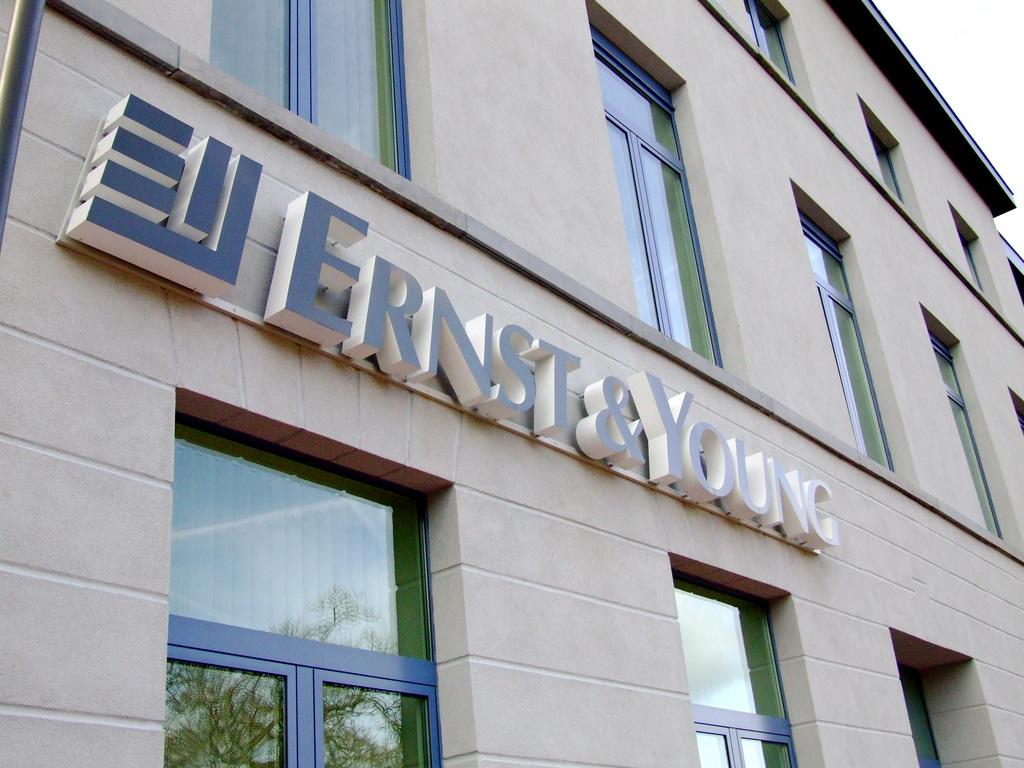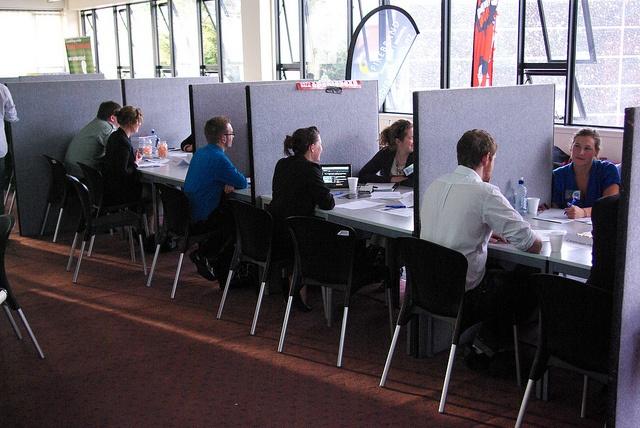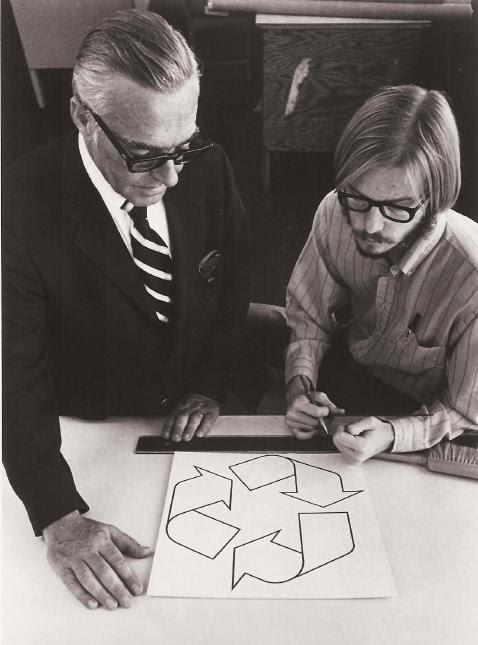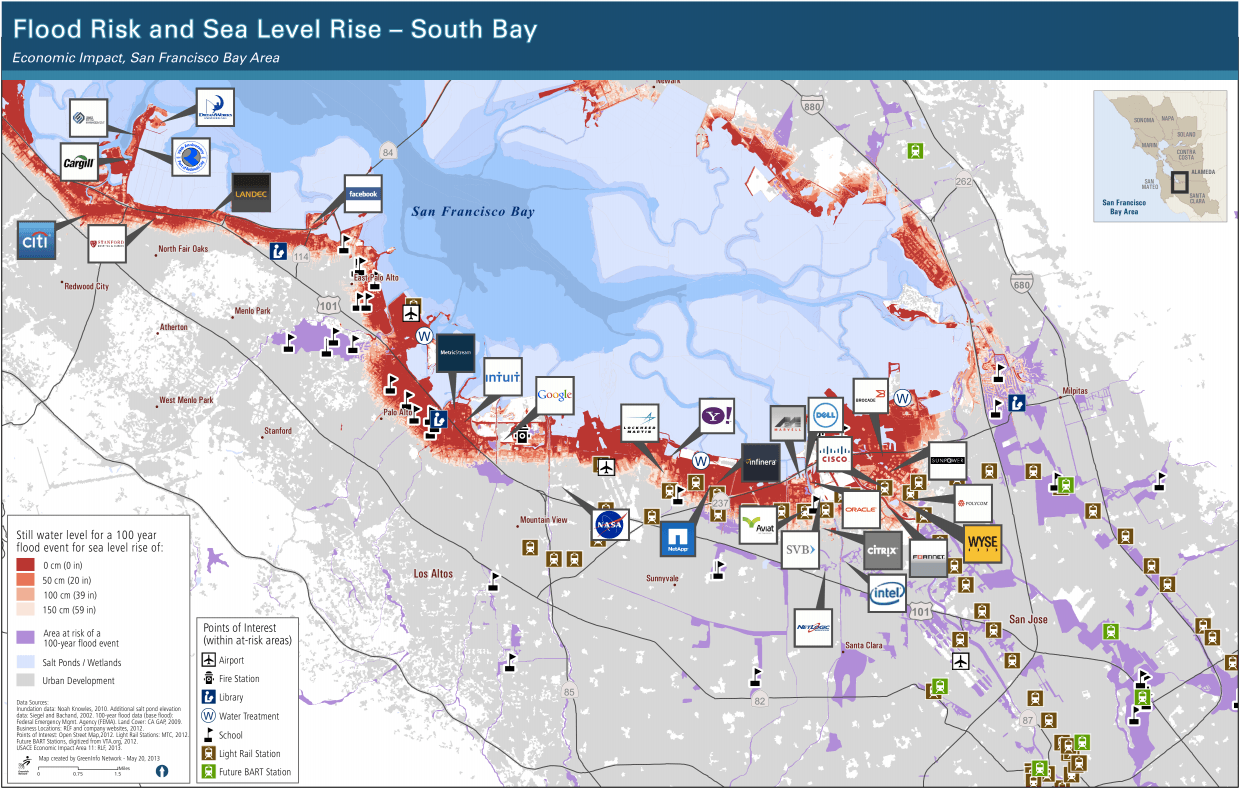Sea level rise is becoming a dominant theme as communities plan for climate change. On the East Coast of the United States, the eroding shorelines of Miami and the projected loss of billions of dollars of upscale homes has come to symbolize personal loss that is now at risk from global warming. For many of us, it is the storms and the catastrophic destruction that places like New Jersey (Hurricane Sandy, 2012) and South Florida have experienced that we think of when it comes to the implications of rising seas.
In the San Francisco Bay Area, however, sea level change presents a more insidious threat - one that isn't limited to the loss of select homes with million dollar views. Rising seas threaten the very land mass that houses the Bay Area's famed tech industry and the infrastructure that supports it. Dozens of companies like Yahoo, Google, Intuit, Dell, Cisco and Oracle sit either inside, or on the edge of the South Bay's most vulnerable, predominately flat coastline. Other companies, like Facebook, NASA, Citrix and Intel sit outside the immediate flood zones or have thoughtfully placed their facilities above the shoreline, but would still be affected by flooded streets, accessways and airport facilities. Sea level change is a risk that affects not just the South Bay, but larger metropolises north of the region like San Francisco and Oakland, also home to California's tech titans.
And flood zones aren't always limited to those strips of land that overlook the Bay. Palo Alto's San Franciscoquito Creek and other low-lying areas are subject to flooding from sea level rise as well, putting essential infrastructure like Highway 101, a key corridor that cuts through much of the Bay Area, at risk.
And then there are the king tides, naturally occurring high tides that have prompted concerns as sea waters continue to rise. These long tidal waves that sweep into the mouth of the San Francisco Bay can add unpredictable conditions to dominating El Nino weather patterns.
Sea level change: No longer a distant problem
"The Silicon Valley has a number of coastal areas that are susceptible to sea level rise and have come to see more frequent flooding over time," Emilie Mazzacurati told TriplePundit. Mazzacurati is the CEO of Four Twenty Seven (427), a climate consultancy company based in the San Francisco area. And that loss of land mass is not far off. "We are talking decades," she said.
Aleka Seville, 427's director of Advisory Services, added that businesses are often under the impression that sea level changes is a "far away problem." In fact, she said, a recent update of the Baylands Ecosystem Habitat Goals Science suggests that the window to address sea level changes is much shorter than that. "They make it pretty clear that has to be done in the next 10 years."
That window isn't just based on what it will take to prevent irreversible changes to the area's diverse and rich habitat, but recent data that suggests that sea level changes aren't as slow and gradual as they were in the 20th century. The phenomenon is speeding up, owing in part, to rising temperature and associated phenomenons like the Pacific Decadal Oscillation. That means that businesses sitting in projected yearly flood warning zones and even those at risk for the "100-year storm" need to factor climate risk into their business planning.
But how do businesses address sea level changes if state and local businesses have yet to define their role?
Defining the local business role
Earlier this year, the Santa Clara Civil Grand Jury conducted an investigation to determine whether local governments within Santa Clara county (home to Palo Alto, Mountain View, Sunnyvale and other tech titan cities) were taking steps to prepare for and mitigate against sea level change. Armed with a concise list of issues they felt defined what cities needed to do as a minimum in order to prepare for sea level change, jurors interviewed city administrators and compiled a list of the steps each municipality had (and had not) taken to prepare for rising tides. Wastewater treatment plants were reviewed, dikes were examined and municipal and county offices were interviewed in length to determine what steps could be taken to lessen the county's climate risk. Cities were also asked what they had done to "educate private landowners who were at risk of flooding from sea level rise."
Interestingly, one entity that wasn't addressed in the conversation was Santa Clara's vibrant business community. How were businesses going to address rising sea levels at their property edge? What steps, guidance and education were being offered to businesses to help them understand the implications of floods that might not reach their door, but could still eat into their business revenue?
Mike Mielke, senior vice president of energy and environment for the Silicon Valley Leadership Group, said this was an issue that his organization was working to address with its members.
"Folks will do certain things," he said. "They will put their facility up on a pad. And they will make sure that they are basically sort of hardened to deal with something like an acute event," such as a catastrophic storm or major road closures. But that mitigation effort would be short-lived, he said, if the business isn't able to open its doors. "It doesn’t matter if your facility is up on a pad if all the public infrastructure around you is at risk. Because employees need to be able to figure out how to get to work. Everyone needs to be able to flush their toilet and have clean drinking water."
Mielke said he doesn't feel that there is enough information coming from local and state governments to guide businesses in how to address sea level change and ensure that their facilities were protected. But he also felt that public-private partnerships, such as projects that would help reconstruct and protect wetlands (vital in slowing coastal erosion and limiting infrastructure damage as well as habitat preservation) and funding arranged through ballot measures and other steps were valuable mechanisms for addressing sea level rise.
Judith Kleinberg, CEO and president of the Palo Alto Chamber of Commerce, said that public-private partnerships were a vital way to for her members and organization to address environmental issues as well. She noted that most of their focus is on "energy issues rather than environmental," like a wastewater plant, subsides for business adaptation strategies and transportation issues. She said the chamber "has not adopted a policy" on sea level risk, but is waiting for the city to finish a comprehensive plan that would in part, address those concerns.
Framing the conversation around climate and responsibility
But obtaining enough information from government agencies about the real risk that Mielke said many likened to "a frog in a slow pot of boiling water" isn't the only challenge that businesses face.
"I think we still find both social and cultural barriers in talking about climate change in the business world in the US.," said Mazzacurati. She said 427's goal is in part, to help businesses deal with that very conversation in context with their business planning. "[There] are a lot of companies where it is hard for a sustainability director to go to the boss and say, 'Look: I think climate change is serious and I think we’re going to have a problem.' There are a lot of places where that conversation is not taking place because it is not OK to talk about climate change."
She said there were also "a lot of impacts over diverse geographies," that needed to be understood; "lots of time frames, lots of uncertainty and the pathways by which climate change might impact business processes is not always clear in peoples’ minds." So it is often difficult for senior managers to make the business case that sea level risks need to be factored into business strategies.
"Right now, looking at climate change risk falls somewhere in the middle between sustainability and risk management," said Mazzacurati. " And I think when companies really start realizing the impact, it will more likely become a risk management issue," that can huge implications for communities whose land values are ultimately affected by vulnerable coastlines.
Still, said Seville, the conversation defining what responsibility companies should comprehensively take in addressing sea level risks "have not really happened yet." She suggested that while businesses should still be expected to address climate change in their business planning, local governments, "do have a responsibility to say, hey, we need you, or we want you to do X, Y and Z" and to clarify expectations so companies can appropriately address risks.
Without that guidance said Seville, "it's just a big question" for many businesses who are still wrestling with the concept of rising seas and the unforeseen economic costs of a changing climate.
Image credits: Greeninfo Network/Flickr and Avi Naim/Unsplash




















